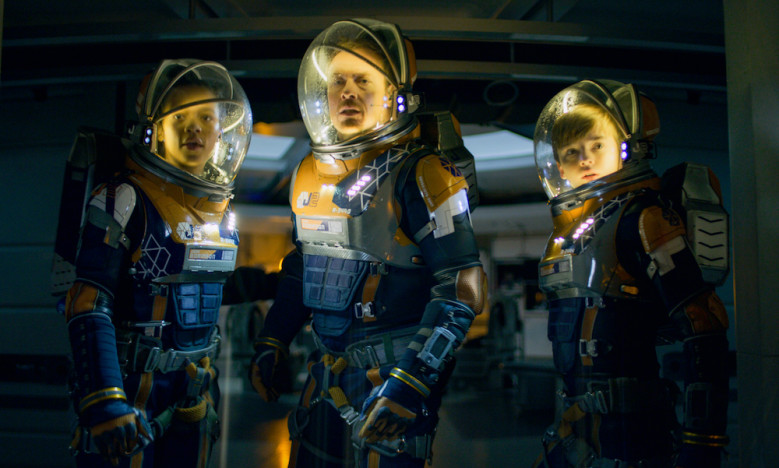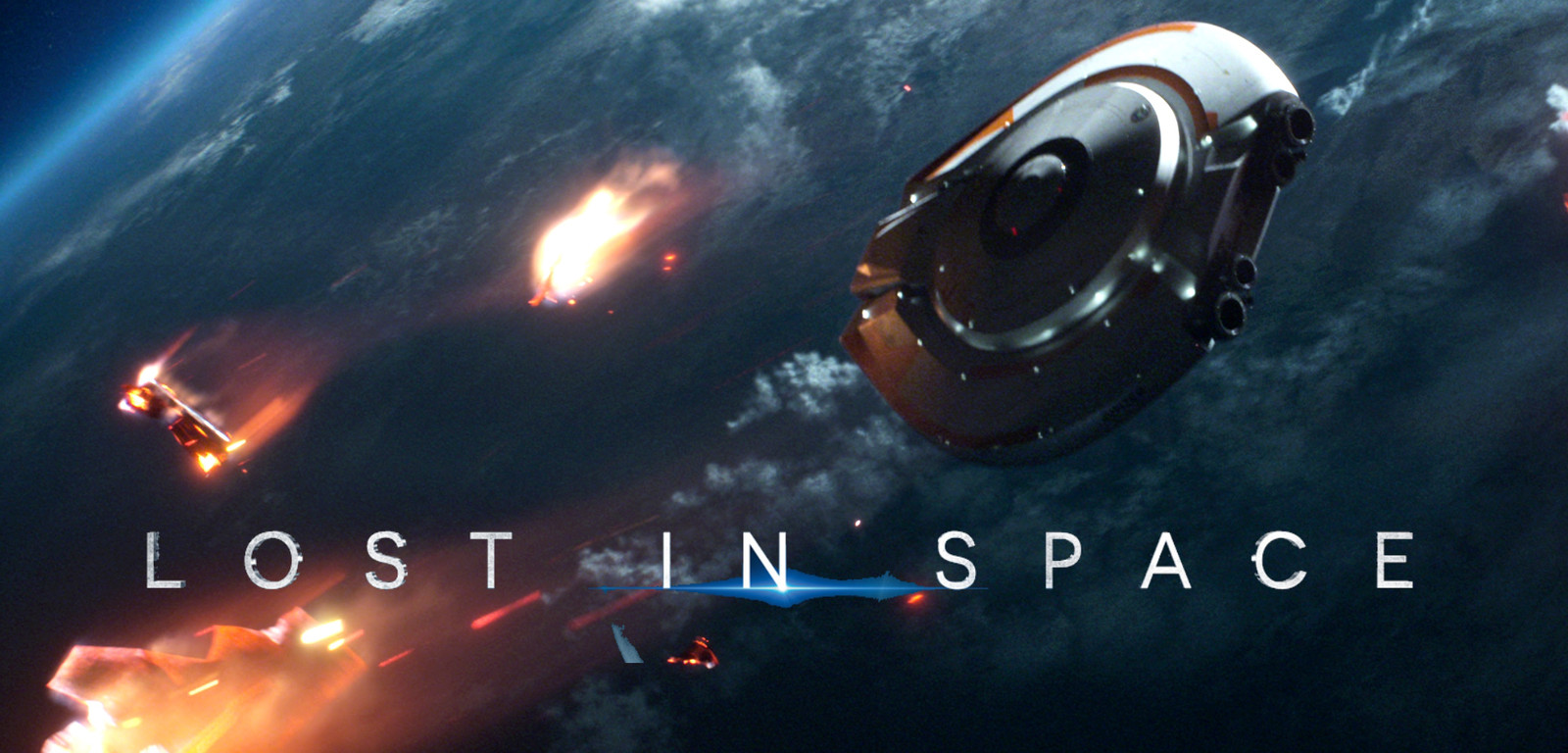
Having ended season 1 by being sucked into a wormhole only to emerge at the edge of an alien solar system, season 2 of Netflix’s remake of Lost In Space finds the stalwart Robinson family having adapted to an alien environment: the Jupiter 2 has crashed and spent seven months along the rocky beach of an ocean of liquid methane, the atmosphere itself deadly, and electrical storms firing off in the distance with precise timing.
While the ship is surrounded by ample methane with which to refuel, they don’t have enough power to make it off the planet itself. The rather insane solution to jump-starting the ship? Add sails to the Jupiter, sail it across the methane sea, and deliberately get hit by lightning to jump-start the vessel…
https://www.youtube.com/watch?v=Zdgt-JzJ6b0
Aside from a few sequences in the later episodes, the first two episodes of the second season are the most similar to the original Lost In Space formula: family lands on an alien planet, and has to adapt to the environment. And while the dangers are more serious this time out (and in ample supply…it was almost silly how many precarious situations the family find themselves), it is no less exciting and fun to watch. Watching the Jupiter 2 sailing across a treacherous, deadly, swirling ocean, giant sails on either side of the hull, was ridiculous, yet just the sort of silly fun I was expecting. Unfortunately, once the ship gets back into space, the new formula kicks in.
The Resolute — a massive, star-hopping colony ship of which the Jupiter 2 is just a small part — makes its return here, along with several hundred other colonists, and a clearer explanation of just what the robot (alternatively referred to as SAR, or Scarecrow) is, and where it came from. While the explanation behind the SAR, and just how the Resolute can hop between star systems, is itself interesting, the inclusion of the Resolute, and the other colonists, seems to put a damper on the more interesting, survival aspects of the series.

As silly as the “sailing the spaceship across an ocean of liquid methane” was to watch, it was a novel, interesting solution, and that was something that I was hoping would crop up more with this series. Once the Resolute comes back into the picture, yes, the Robinson family can more deftly navigate some emotional highs and lows (and, much more so than last season, there are emotional payoffs), but that seems to come at the cost of interesting action.
As much as the revelations come to the surface once the family’s back aboard the Resolute (particularly with Parker Posey‘s Dr. Smith), the pace definitely seems to slow considerably. The chemistry between the leads has only grown stronger this time around, as we’re now past the point of introducing characters, with Taylor Russell (Judy Robinson) and Toby Stephens (John Robinson) getting perhaps the best scenes (an extended sequence that finds Judy racing to get to John to get him medical care, inter-cut with their growing pains back on Earth, was particularly well done).

Paradoxically, while the most emotionally worthwhile scenes were made possible by the inclusion of the Resolute survivors, the more plot-driven aspects of the season were made possible by the family being on their own. Should Netflix renew the series (which…given their track history of renewing series beyond season 2…is tenuous), hopefully there’ll be more of a balance where the Robinson’s are more definitively on their own, lost in a near-incomprehensible wilderness.
The score is fantastic, the production design is fantastic, the cast is fantastic, and (again) however much this series costs, it is throwing every single cent it has at the screen. It’s getting easier and easier to love this series, and it has definitely worked out the bumps from season one, and hopefully season three truly loses the family to the fantastic expanse of deep space, where their ingenuity will thrive –if Netflix renews the damn thing– and we can get away from the safety of the Resolute and truly get into some alien excitement and adventure. Each season seems to expand on, and improve on, the strengths that went perhaps slightly ignored first time around; should this story continue, it’ll be great to see that growth continue. 3.75/5 Bibles.
-J.L. Caraballo

